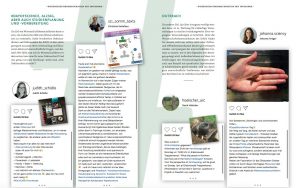
“Using social media in science communication — the Kiel Science Outreach Campus shows how it’s done” (part 2)
One of the 2018 achievements that I feel pretty proud of is developing a social media strategy for the science communication research project Kiel Science Outreach Campus, and implementing it together…

